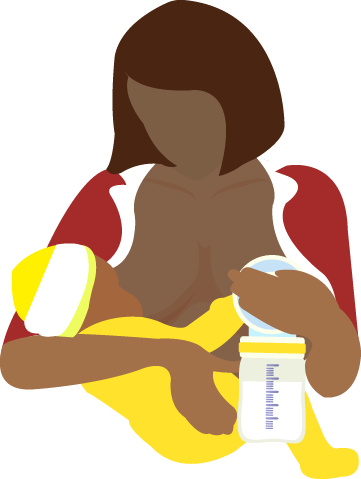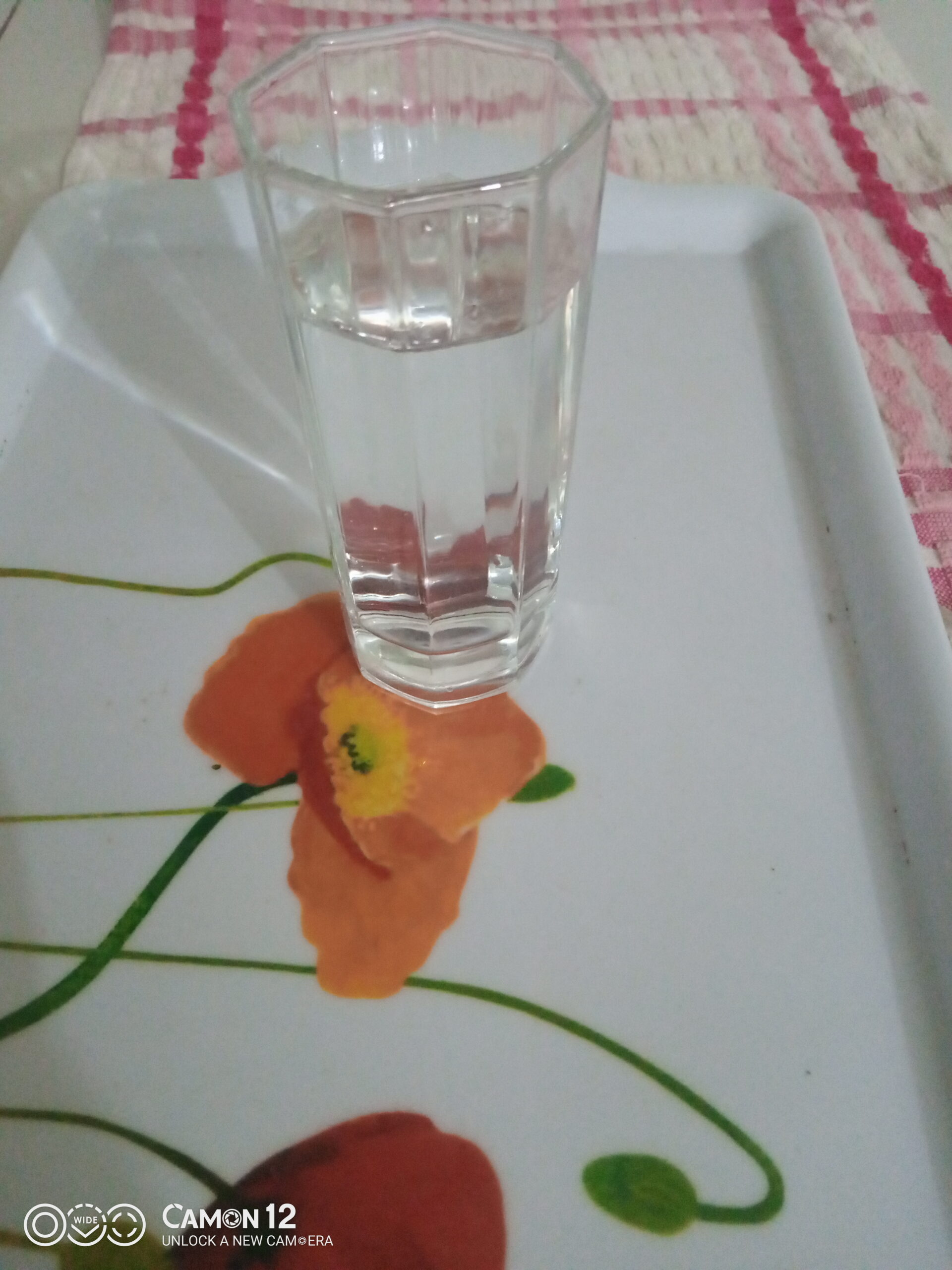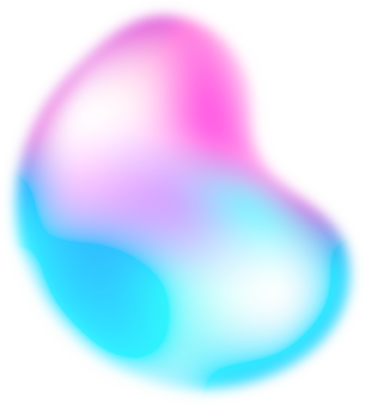Fluid, diet and rest will help you build and maintain a good milk supply. You will find you are thirstier when you are breastfeeding. Increase your fluid intake enough to quench your thirst.
Try to include three or more servings of milk products daily. If you can’t drink milk; eat or drink other dairy products such as cheese, ice cream, buttermilk and yogurt. If you choose not to eat dairy products consider non-dairy sources of calcium such as broccoli, spinach and oranges.
It is helpful to drink an 8-ounce glass of water, juice, or milk at each meal and every time you breastfeed. Some mothers find that having something warm to drink helps them relax and triggers the letdown reflex.
Avoid drinks that contain caffeine (coffee, tea, soft drinks, chocolate milk), or at least limit yourself to no more than two 8-ounce glasses or cups per day. Avoid alcohol as well.
A balanced diet is also important for breastfeeding mothers. Increase the amount you eat and drink by 500 calories a day to produce good milk supply and keep you healthy. Eat fresh fruits, vegetables, meat, fish, eggs and cheese. If you find that certain foods don’t agree with you, like vegetables that give you gas (broccoli, cabbage, onions and garlic), avoid them. If you can’t or don’t eat or drink dairy products, talk to your doctor about taking calcium tablets.
At the same time, it is not necessary for the lactating mother to stick to a rigid diet of “the right foods” in order to breastfeed. Achieving and maintaining a good diet is more important. The breastfeeding mother can breastfeed even if her diet is not optimal. All foods can be taken in moderation including ethnic and family favorites. Most breastfed babies go to family foods easier in the second half of the first year, because they have already experienced these tastes in the breastmilk
Source: UH Hospital
Link: https://www.uhhospitals.org/services/obgyn-womens-health/patient-resources/pregnancy-resources/Breastfeeding-Guide/breastfeeding-diet-and-fluid-intake




